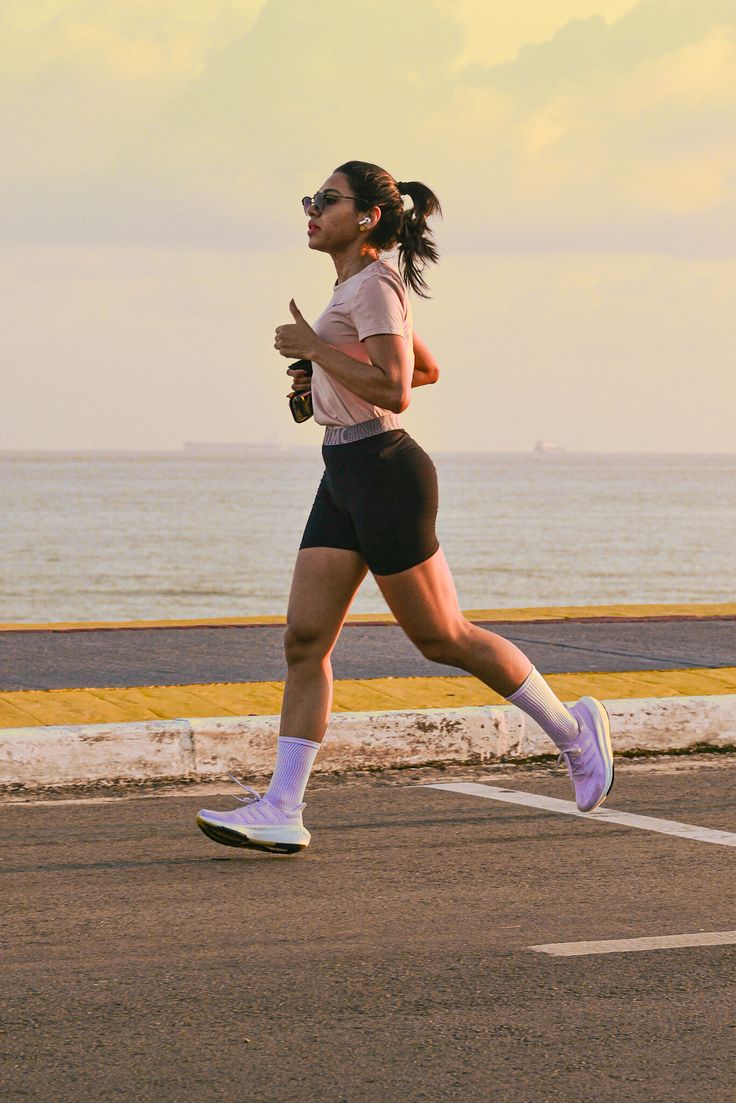Stride length is the distance you cover with each step. It’s one of the two key factors that determine running speed (the other is cadence — how many steps you take per minute). While some runners naturally have longer strides, everyone can improve stride length through training, strength, and technique — without forcing it and risking injury.
Understand Stride Length Basics
Natural Variation: Stride length depends on leg length, flexibility, and running mechanics.
Efficiency Over Exaggeration: Overstriding (landing with your foot too far in front) causes braking forces and injuries. The goal is effective stride length, where your foot lands under your center of mass.
Improving stride length through strength, flexibility, and mechanics enhances running economy (how efficiently you use energy).
Strength Training for Power
Strong, explosive muscles allow you to cover more ground per step.
Glute and Hamstring Strength: Squats, lunges, deadlifts, hip thrusts.
Calf Power: Calf raises, single-leg hops.
Core Stability: Planks, side planks, Russian twists to keep the pelvis stable.
Stronger lower-body muscles generate more propulsion, while core strength stabilizes posture and prevents wasted energy.
Plyometric and Explosive Drills
Plyometrics train the muscles to contract quickly and powerfully, extending stride naturally.
Bounding: Exaggerated running steps, driving the knees high and pushing off strongly.
Skipping Drills: High skips or power skips to build rhythm and elasticity.
Box Jumps / Jump Lunges: Develop explosive power in glutes and quads.
These drills increase muscle elasticity and ground force, helping you push further with each step.
Flexibility and Mobility
Tight muscles limit stride length, especially in the hips and hamstrings.
Hip Flexor Stretches: Lunging hip stretch, couch stretch.
Hamstring Flexibility: Dynamic leg swings, seated forward folds.
Dynamic Warmups: Leg swings, high knees, butt kicks before runs.
Improved range of motion lets you extend your leg further without overstriding or stressing joints.
Running Form Adjustments
Upright Posture: A tall, relaxed stance with a slight forward lean from the ankles maximizes stride efficiency.
Strong Knee Drive: Lifting the knees slightly higher (not excessively) improves stride power.
Arm Swing: Driving arms forward and back (not across the body) supports longer, smoother strides.
Proper mechanics allow you to maximize stride without wasted movement.
Stride-Specific Drills
Strides: Short (80–100 m) accelerations at ~85–95% effort focusing on smooth, efficient form.
Hill Sprints: Running uphill develops power, while downhill strides encourage quicker turnover and controlled extension.
High Knees & A-Skips: Reinforce coordination, knee lift, and drive.
Balance Stride Length with Cadence
Cadence sweet spot: Most efficient runners maintain 170–180 steps per minute.
How to combine: Aim for a natural increase in stride length while keeping cadence in this efficient range — this balance boosts speed without wasted effort.
Improving stride length isn’t about forcing bigger steps — it’s about building strength, mobility, and form so your body naturally covers more ground.
Strength and plyometric training = more power per step.
Flexibility = greater range of motion.
Drills and form work = smoother, more efficient strides.
When stride length improves naturally alongside cadence, you’ll run faster, more efficiently, and with less risk of injury.

Share:
Beginner Guide for Runners